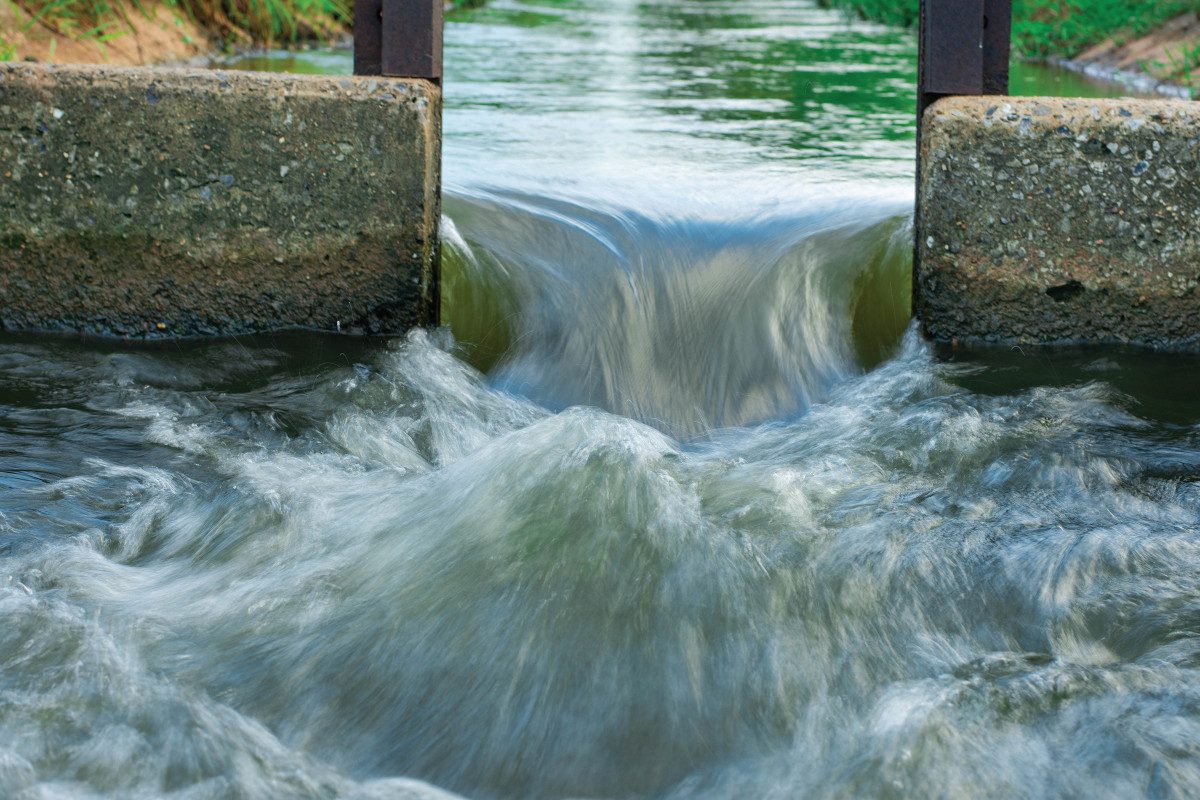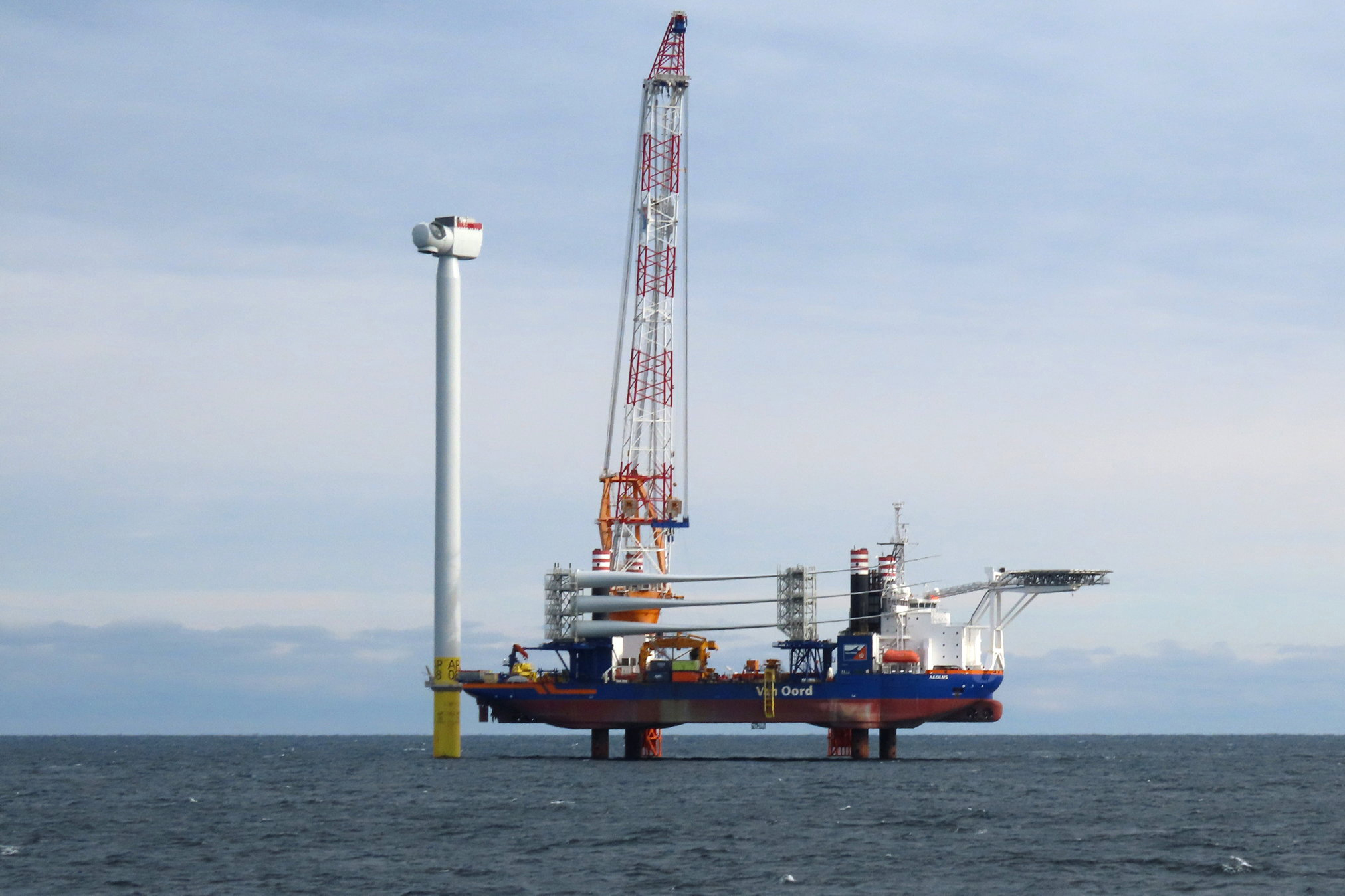Scotland must do more to help hydropower facilities maximise their output and prevent negative impacts on wildlife in the face of the challenges posed by climate change, according to a new report.
The document lays out a series of recommendations to help tackle the problem of sediment buildup at dams and weirs across the country.
Commissioned by Scotland’s Centre of Expertise for Waters (CREW), it is based on research from the University of Glasgow and cbec eco-engineering, who worked with partners at hydropower companies, Scottish Canals, SEPA and NatureScot.
Impounding running water using dams and weirs is a key part of hydropower operations and water supply. In recent years, hundreds of smaller hydroelectric impoundment projects have been installed in waterways across Scotland, helping to generate enough electricity to power up to a thousand homes each.
While these ‘run-of-river’ hydropower structures can produce significant amounts of power, contributing towards Scotland’s target of reaching net-zero by 2045, they can also disrupt the natural flow of river sediment like silt, sand, gravel and cobbles from upstream to downstream.
When sediment builds up, it reduces the impoundment’s ability to generate its maximum amount of power and can require costly action to remove. Blocking the flow of sediment can also have negative impacts on downstream wildlife, changing the makeup of the river bed that provides habitats and sustenance for fish, birds and insects.
As climate change intensifies, increased rainfall is expected to sweep increasing amounts of sediment from land into waterways across Scotland. Experts have predicted Scottish rivers could see an increase of more than 25% of current levels of sediment in the years to come, and larger sediment particles being picked up by more energetic river flow.
The report sets out some recommendations, based on detailed cost-benefit analysis, which could help hydropower operators and catchment managers improve the resilience of existing impoundment sites to sediment buildup and reduce their impact on river biodiversity.
Planting trees alongside rivers, restoring peatland, and tree planting more broadly across river catchments could help reduce the amount of sediment entering rivers by capturing it before it reaches waterways. That, in turn, could reduce the need for expensive operations to dig out sediment from behind dams, which can cost operators tens of thousands of pounds each time.
Planting trees alongside rivers and more widely in catchments and restoring peatlands provides additional benefits for the environment by capturing and storing carbon dioxide, thus helping Scotland to achieve its Net Zero target.
An online survey of nearly 1,000 people showed Scottish households would on average be willing to pay a maximum of £52 per year for better river management – indicating significant public support when considered across Scotland’s 2.55 million households.
Using knowledge exchange activities with the hydropower community and research visits to three hydropower locations, the project team also developed a series of initiatives to raise awareness of the commercial and environmental risks of sediment movement.
The team produced a video and infographic to communicate the importance of sediment continuity for good river health, potential implications for sediment management resulting from a changing climate, and the importance of best-practice sediment management.
The researchers also highlight the need for greater communication and collaboration between regulators, operators, consultants, and researchers. The project recommends creating a Scottish community of hydropower practitioners to share knowledge and improve commercial resilience in the face of climate change.
Prof Richard Williams, of the University of Glasgow’s School of Geographical & Earth Sciences, led the report’s research. He said: “The research highlights the complex balance that needs to be maintained between meeting Scotland’s renewable energy needs and ensuring the environment is properly protected. While hydropower is vital for meeting climate change targets, care must be taken to minimise its impacts on river health and ecosystems.
“The project also demonstrated that there is a desire within the hydropower community for further discussion and knowledge exchange activities regarding best practice activities. If this can be achieved, it would likely maintain or improve river health and make this industry, and river catchments, more resilient in the face of expected climate changes.
“We hope that the work we’ve done with our partners will provide valuable new insight for the hydropower community, empowering them to take appropriate action to ensure that impoundments can work as efficiently as possible for the benefit of all.”
Dr Chris Bromley, Senior Hydromorphologist at the Scottish Environment Protection Agency (SEPA), said: “SEPA recognises the importance of Scotland’s water environment and the components that contribute to healthy river habitats. The continuity of sediment transport in rivers is one of the components that can be interrupted by hydropower operations resulting in adverse environmental and commercial impacts.
“We are delighted to see that the University of Glasgow and cbec eco-engineering have proactively taken steps to produce some excellent guidance material that will help operators in understanding the environmental importance of sediment and raise awareness on the importance of correctly managing sediment in a climate-changing world.”
Grace Gubbins, Sustainable Development Officer at NatureScot, said: “We welcome environmental energy sources like hydropower, but it’s vital that we consider any impacts on nature. That’s why NatureScot is keen to be involved in partnership work like this, reducing any negative impacts on wildlife.
“Sediment is a vital habitat for many species, some of which help break down and clean water, as well as providing nursery grounds for fish. The recommendations from this study will help us work together, in the face of the climate emergency, to protect river habitats, fish, birds and insects.”
Dr Olivia Lassiere, Environment Manager, Scottish Canals, said; “As a major operator of water in Scotland through our canals and reservoirs we’re already feeling the impact of climate change. Research like this is incredibly important to us as we seek to manage our water infrastructure and adapt to projected climate change impacts whilst protecting Scotland’s rich wildlife and environment.
“We are delighted to have been involved in this project led by the University of Glasgow and cbec eco-engineering and look forward to continuing to engage with the water infrastructure management community.”
CREW’s new report and associated video, titled ‘Environmentally effective and cost-efficient sediment management at impoundments’, is available at https://www.crew.ac.uk/publication/hydro-impoundments-sediment-management

















